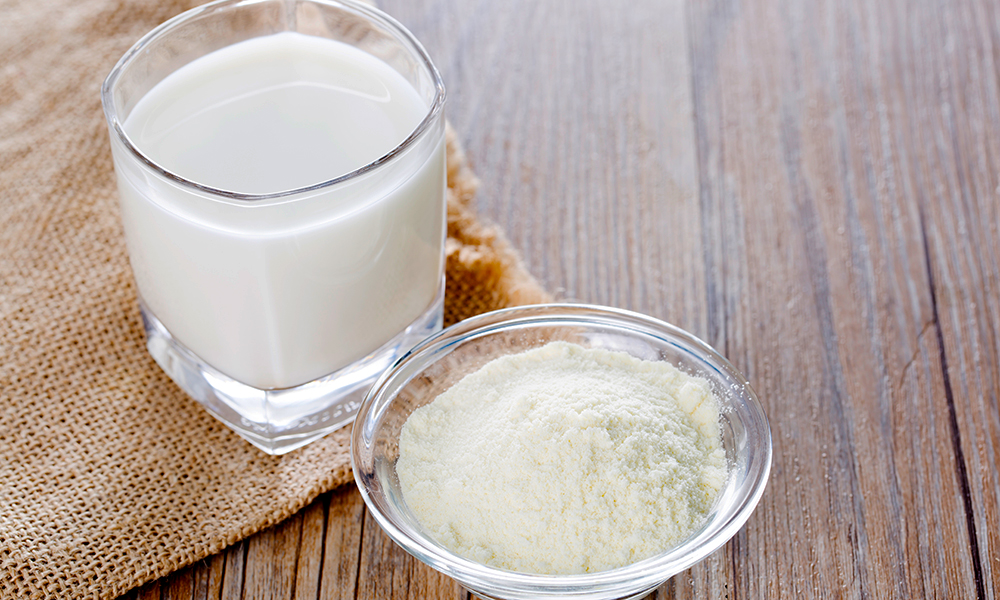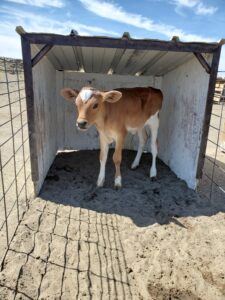You may not have heard of or ever bought powdered milk, but it’s actually very common and it’s the same milk we are used to seeing in liquid form. In fact, powdered milk reconstitutes when mixed with cold water. So why have powdered milk at all? One purpose is to preserve milk. Powdered milk has a much longer shelf life than liquid milk, and it doesn’t need to be refrigerated due to the low moisture content once it is powder.
So, what exactly is it?
Powdered milk is created by evaporating milk to dryness by removing the water (did you know milk is 85% water?). Powdered milk is a manufactured dairy product and is most often produced from a process known as spray drying.
Spray drying occurs after raw milk is pasteurized. It is then preheated, evaporated and heated again to a concentrated mixture of milk solids. This mixture is then sprayed into a heated chamber where it reduces into fine particles. This atomized process is what allows milk to retain the ability to return to its original state when rehydrated with water.
After the spray dry process, milk is often dried one more time to be sure any lingering moisture is removed before packaging. From there, it is transported to various locations such as grocery stores, emergency food warehouses or countries that do not have as much access to fresh milk.
Where can you get it?
You can usually buy powdered milk at your local grocery store. Every store is different, but it is common to find powdered milk on the baking aisle. It is often in a box but can also be in a bag or canned container. Like liquid milk, there may be various brands to choose from.
What do you cook or make with it?
Powdered milk can be reconstituted to liquid form and used in any recipe that calls for milk. Many people add powdered milk to baking recipes for several reasons. Milk can be a great source of both lactose and protein, both things that fat-rising items like doughnuts benefit from. Milk powder also adds flavor without adding liquid to mixtures and can contribute to a more golden crust and a tender baked good.
Powdered Milk in Nevada
Home to just over 20 dairy farms ranging in size from 500 cows to over 25,000 cows,
Nevada ranks 32nd in milk production by volume. The region is excellent for growing forages and providing a dry, comfortable climate for dairy cows. Much of the fluid milk stays in Nevada — supplying 3 fluid milk plants and 1 powdered milk plant. In 2015, it was noted that northern Nevada’s powdered milk plant turned two-million pounds of raw milk into 250,000 pounds of dry milk daily. The powdered milk produced in Nevada supplies high-quality protein to people all over the world.
At some point in your life, without even realizing it, you have probably enjoyed a glass of powdered milk. While it can come in handy for recipes and baking, powdered milk’s shelf life can make it worth keeping in your cabinet all the time.



